
The Journey of a Theologic
The pursuit of Theologic Analysis stands as a sacred venture designed to fortify the very frameworks of faith. At the Theologic Institute, the process of becoming a Theologic transcends simple academic attainment. From the earliest days of study, each participant is taught to discern the structural elements of doctrine, Scripture, and covenantal history. They learn to observe the pressures exerted upon belief systems and to shore them up where needed, ensuring that the entire body of teaching holds firm against the inevitable strains of time and inquiry.
This journey is not undertaken in search of debate or personal recognition. Instead, Theologics dedicate themselves to a sacred calling that enables others to stand securely upon well-supported truths. They focus on revealing the underlying architecture of theology, maintaining its integrity for pastors, congregations, and scholars alike. By carrying what others rely on, they ensure that even the most foundational aspects of faith endure.
In short, to become a Theologic is to accept responsibility for the hidden workings of the faith, rather than the public expressions of it. Through this formation, students internalize the structures and patterns upon which doctrine rests, learning to identify where fracture may occur and how to reinforce what is sound. Such a role quietly upholds the platform upon which all who preach, teach, or serve may stand. The journey is rigorous and deeply reverent, requiring humility and keen insight. It is a path entered only by those who sense a sacred calling to undergird the bedrock of belief.
The Three Entry Pathways
Those who respond to the call of Theologic Analysis begin their studies by entering one of three foundational pathways. Each pathway directs the student toward a particular area of structural expertise, establishing the lens through which they will encounter theology’s intricate frameworks. The Seeker of Pattern explores ancient and ancillary texts, searching for overlooked connections that undergird the broader doctrinal tapestry. The Breaker of Form concentrates on Old Testament designs, probing the systems established in Israel’s formative era. The Bearer of Strain focuses on New Testament structures, discerning how fulfillment and covenantal grace infuse stability into the faith.
Students do not choose based on preference alone. Each path resonates with distinct inclinations and aptitudes, guiding the learner to engage the foundation most reflective of their calling. In time, these separate journeys converge as all students pass through successive stages of formation. The emphasis remains on preserving and strengthening the load-bearing pillars of belief, whether derived from historical patterns, mosaic outlines, or messianic realization.
Beyond shaping the student’s initial approach, the chosen pathway also governs the scope of future scholarship. This pathway alignment decides which topics a student may address if pursuing a Theologic Thesis. By restricting the subject matter to the area of original entry, the institute ensures both depth of insight and fidelity to the student’s unique training. Thus, whether gleaned from antiquity, the old covenant, or the new, each Theologic begins by anchoring firmly in one of these three pathways, ready to support the entire structure of faith.
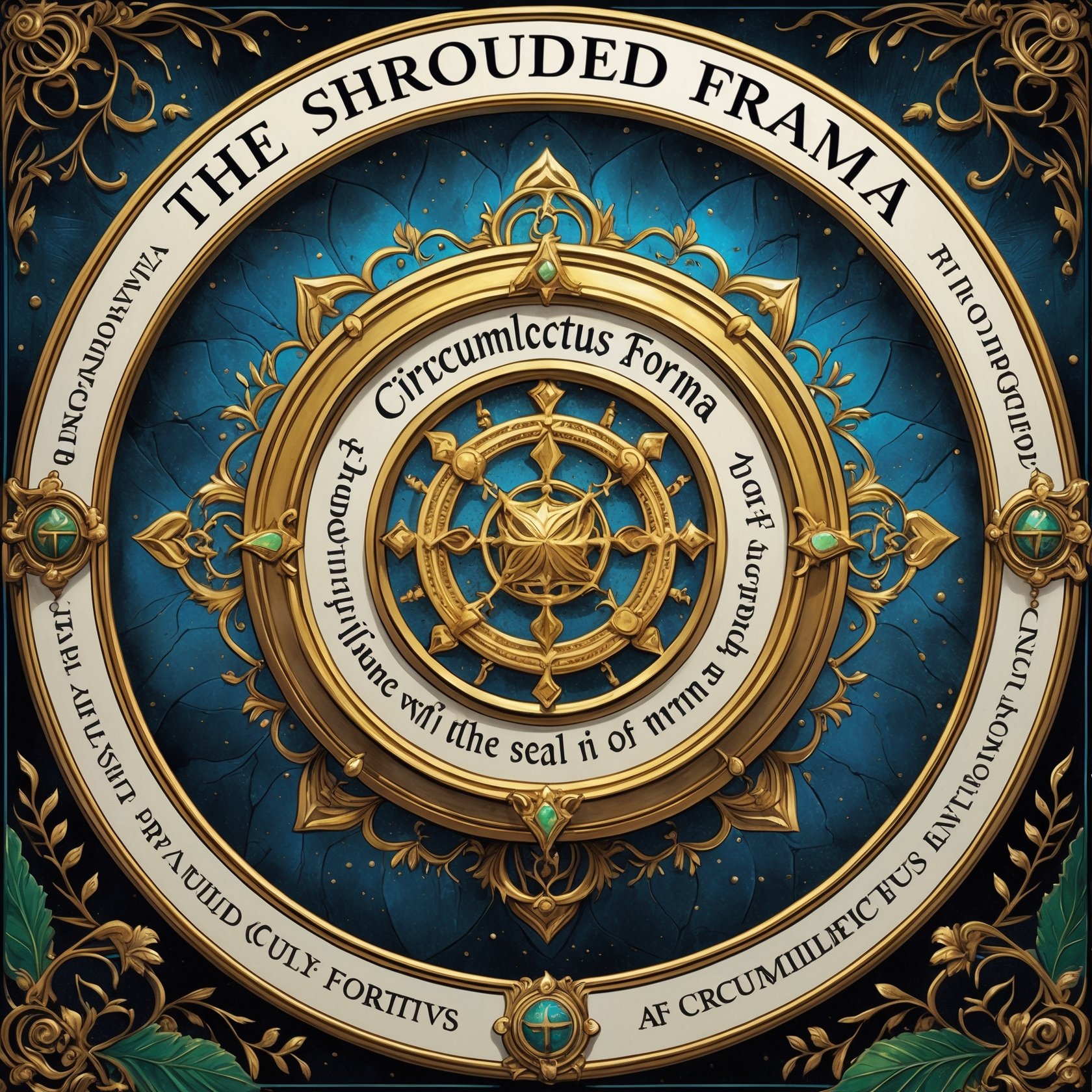
Seeker of Pattern
The Seeker of Pattern traces the subtle threads woven throughout historic documents, early church writings, and lesser-known theological sources. By plumbing these archives, the student unveils connections that are frequently overlooked by traditional scholarship. This singular pathway demands meticulous dedication, for each ancient and ancillary text may hold a clue that secures the wider doctrinal framework.
As the Seeker of Pattern grows in discernment, they develop a nuanced grasp of the tapestry of belief. Their responsibility is not merely to accumulate knowledge but to identify where seemingly unrelated references align. In this manner, they reveal the continuity and hidden coherence that undergirds the faith.
Ultimately, the Seeker of Pattern becomes an invaluable resource to fellow Theologics. In illuminating elements that have long lain dormant, they help maintain the structural balance of theological systems. Their quiet work preserves the deeper foundations upon which more visible aspects of doctrine may safely rest.
Breaker of Form
The Breaker of Form sets foot in the Old Testament’s designs, studying how laws, covenants, and patterns collectively uphold the faith. By dissecting these ancient structures, the student learns to perceive the deeper principles God embedded in Israel’s foundational era. Here, every altar, measurement, and ritual points to broader realities that shape the church’s theological framework.
While the Breaker of Form begins by investigating details of the Hebrew Scriptures, their ultimate task is to test and clarify. In stripping away encrusted layers or misconceptions, they expose the integrity of the original design. This pathway demands a willingness to confront tradition with reverence, acknowledging the abiding wisdom in these early forms while distinguishing cultural practice from divine intent.
Through such deliberate engagement, the Breaker of Form becomes adept at seeing where the Old Testament system requires reinforcement. In doing so, they preserve its essential role in the overall tapestry of faith.
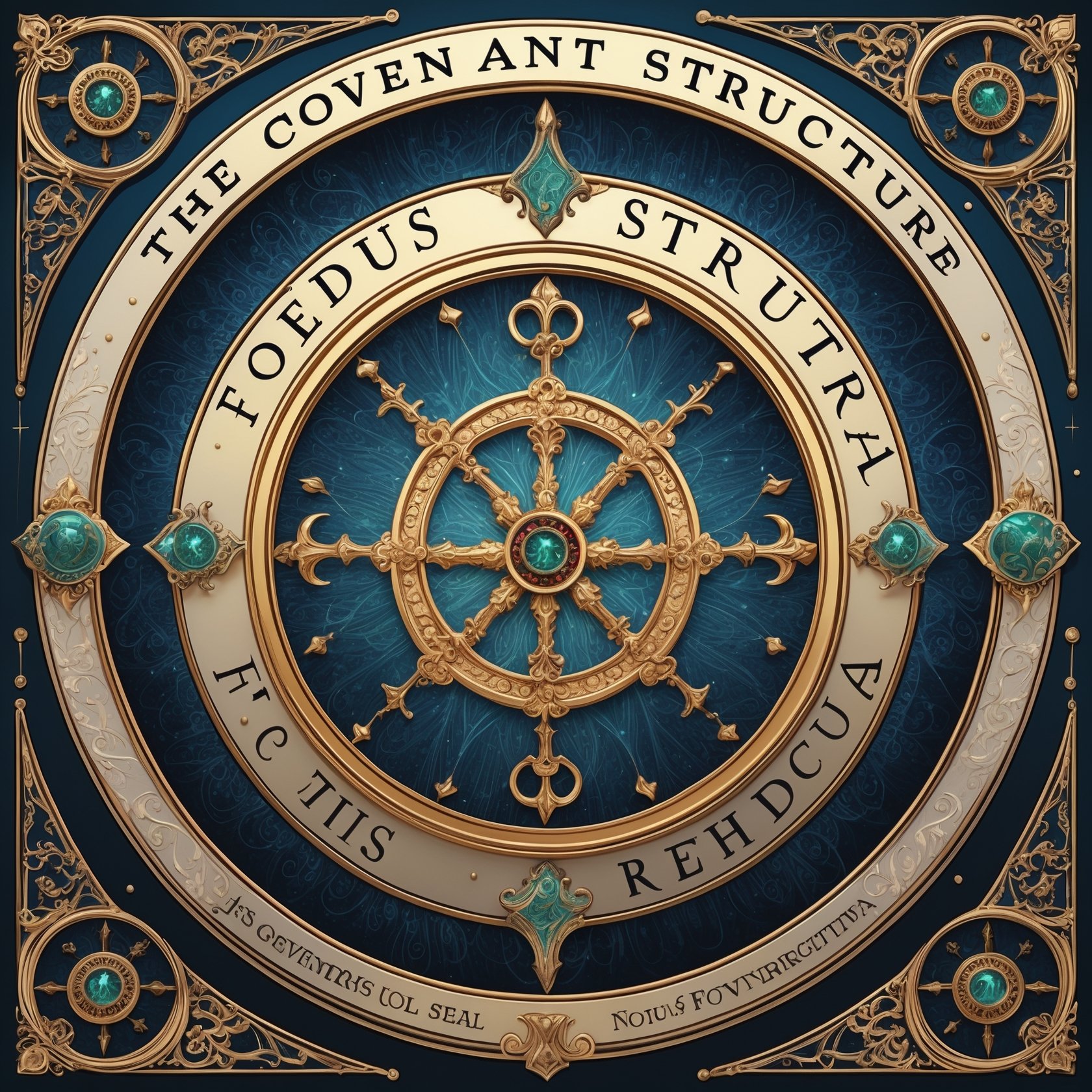
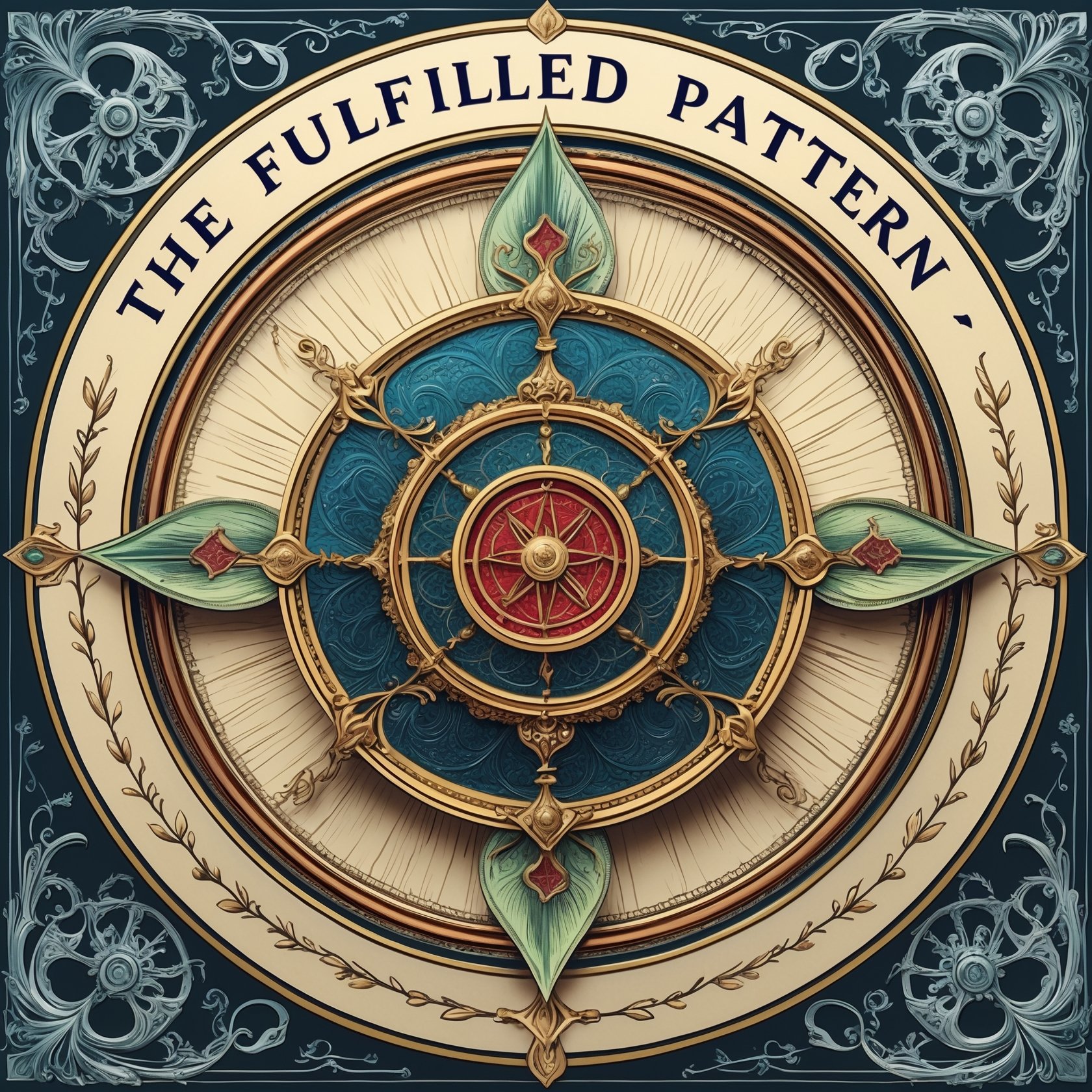
Bearer of Strain
The Bearer of Strain dwells within the New Testament framework, studying how fulfillment and covenantal grace reshape earlier systems. This path surveys the life of Christ and the apostolic teachings, observing how these revelations complete the structures first established in the Old Testament. The Bearer of Strain discerns the points of tension that arise when ancient forms are met with unfolding truth, ensuring that the entire theological foundation remains sound.
Guided by this perspective, the student probes passages in the Gospels, Epistles, and early church testimonies. Their goal is to verify that the weight of new revelation rests securely upon the pillars of the past. This requires careful integration of prophecy and fulfillment, revealing how each promise is realized without collapsing the original design.
In this manner, the Bearer of Strain guarantees continuity across thresholds. Their focus on unifying old and new helps sustain the enduring structure of Christian belief.

The Formation Rings
Once a student has established their entry pathway, they proceed into the three Formation Rings. Each ring represents a distinct phase of Theologic mastery, guiding the student from initial recognition of structural flaws to final steadiness in the face of doctrinal strain. The first ring, Theologic Observer, introduces a disciplined way of seeing. Students begin to detect fractures and inconsistencies within theological constructs, developing a keen sensitivity to areas that demand reinforcement.
The second ring, Theologic Architect, advances this vision into active refinement. Here, the student gains the authority to adjust, remove, or repurpose elements that impede the system’s stability. They learn how to strengthen doctrinal pillars while preserving core truths. The process is methodical and reverent, marked by careful judgment and growing responsibility.
Finally, the third ring, Master Theologic, culminates in a heightened capacity to bear the pressures placed upon faith’s structures. At this level, the student stands as a consistent support within the community, ensuring that the theological framework remains unified and robust. This marks the true completion of formation, for the Master Theologic can preserve what others might overlook.
Each ring concludes with the conferral of a certificate, symbolizing the tangible progress achieved along the way. These credentials affirm that the student has gained the necessary insight and skill at every stage. The path is not rushed. Only by moving through each ring can a future Theologic internalize the discipline required to uphold the faith’s enduring architecture. Through rings, students grow from observers into guardians of integrity.

Theologic Observer
The first formation ring, known as Theologic Observer, requires a shift in how the student perceives doctrine. Instead of receiving teachings as static truths, the Observer learns to view every doctrinal point as part of an interconnected system. This reversal of perception compels the student to attend carefully to unspoken tensions and potential points of fracture.
At this stage, observation supersedes intervention. The goal is to develop a refined eye that discerns structural imbalances before they manifest as outright errors. By collecting data on the stability of various doctrinal components, the Observer begins to see how different elements of faith rely on one another for support.
Such training fosters humility and patience, for the Observer’s mandate is not to change but to notice. Their time is spent mapping out the territory of theological understanding, ensuring that when the moment to build or reinforce comes, they know exactly where to begin.
Theologic Architect
The second formation ring, Theologic Architect, moves the student from observation into purposeful engagement. Here, the individual begins to shape the theology they once only surveyed. By employing the insights gathered as an Observer, the Architect identifies which supports must be strengthened and which faulty elements require removal or redesign.
This stage demands careful integration, as the Architect intervenes while preserving the essence of the faith. They must measure each change against the original blueprint, ensuring that no authentic truth is discarded. In this process, the student acquires a heightened sense of responsibility. Every modification carries consequences that extend beyond a single doctrine, influencing how the whole structure holds together.
The Architect’s role is both creative and protective. Through rigorous testing and strategic placement, they restore what was compromised and bolster what remains sound. Their work paves the way for the final ring, where mastery and sustained stability are realized.
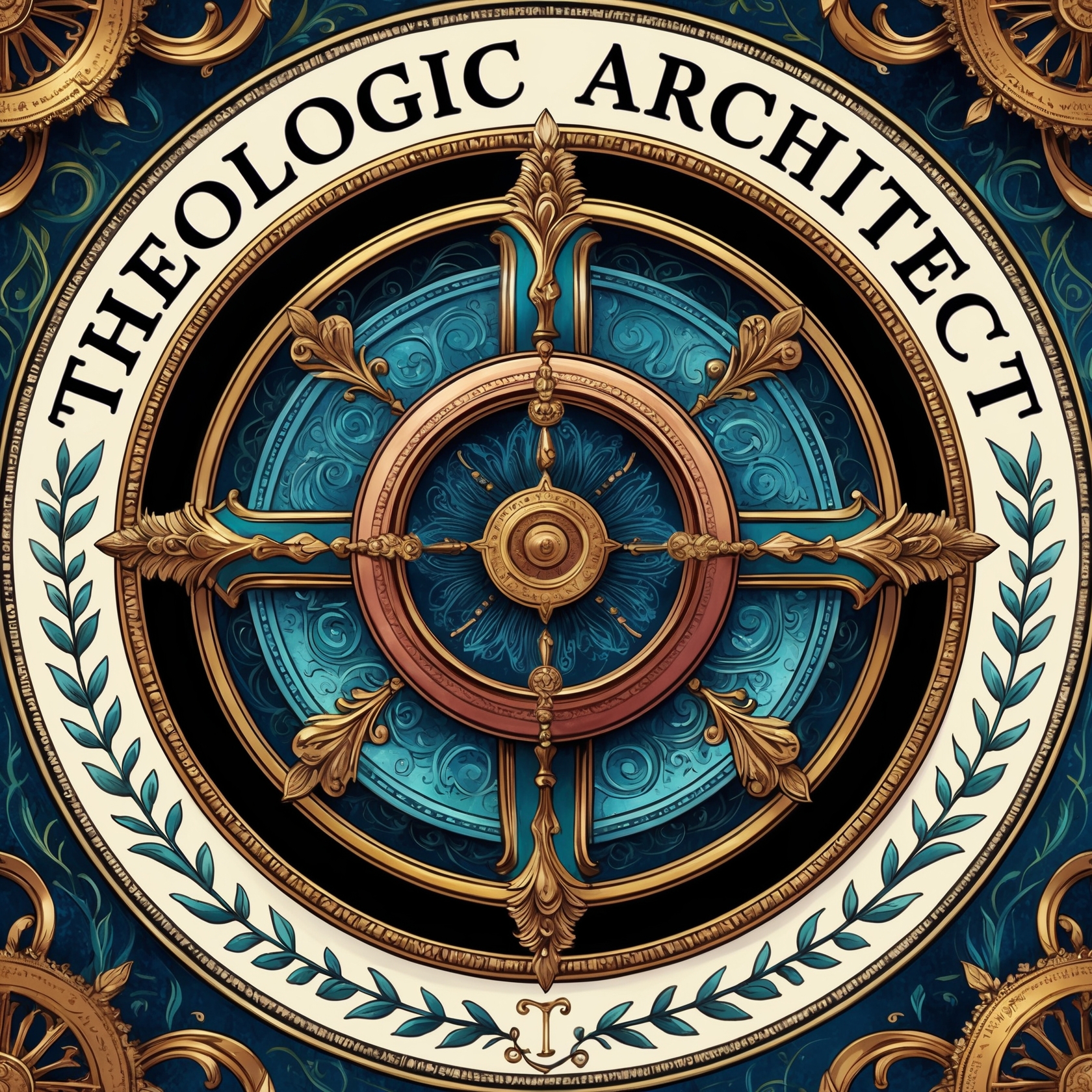
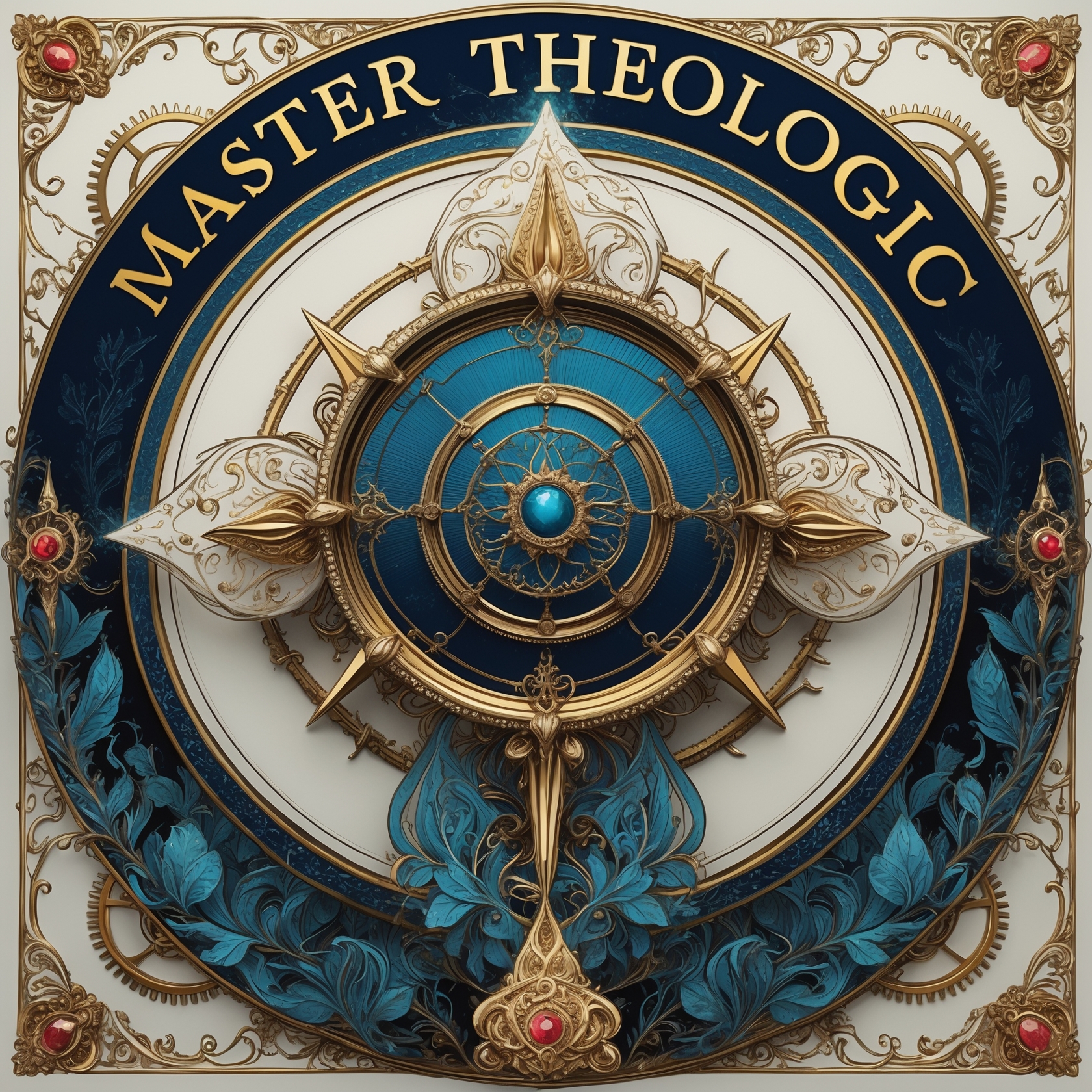
Master Theologic (Master of Theologic Analysis Degree Earned)
In the third formation ring, the student assumes the title Master Theologic, reflecting a culmination of practice and service. By this stage, the individual has acquired the capacity to bear the load of theological systems, standing firm where others might falter. Such stability is not derived from personal strength alone but from deep alignment with the architecture of belief itself.
Within this ring, the Master Theologic functions as a constant support, capable of discerning the subtle shifts that threaten unity. Their perspective is neither partial nor reactive. Instead, it embraces the entirety of doctrine, integrating each piece so that the whole remains secure under scrutiny. This final alignment is the fruit of long study and reordering.
Upon completion, the Master Theologic is awarded the Masters Degree in Theologic Analysis, signifying a readiness to shoulder the pressures that come with defending and sustaining the faith. Their strength fortifies every pillar, ensuring endurance for generations.

The Theologic Thesis and Doctoral Conferral
After achieving the title Master Theologic, a student may choose to pursue a deeper level of scholarly recognition through the Theologic Thesis. This process is not mandatory, yet it offers an opportunity for profound research and contribution to the broader field of Theologic Analysis. In accordance with institute guidelines, the chosen topic must directly reflect the student’s original pathway: Seeker of Pattern, Breaker of Form, or Bearer of Strain.
Before the writing may commence, the Prime Theologic reviews and approves each proposal. Once granted, the student engages in rigorous investigation, upholding the standards of structural clarity and integrity for which the discipline is known. The thesis itself should address a specific question or challenge that arises naturally from the student’s specialized focus. By delving into these areas, the doctoral candidate underscores the enduring value of tracing, testing, and restoring theological frameworks.
Upon completion, the student defends the Theologic Thesis before a panel of experts. This formal defense tests both the quality of the research and the candidate’s ability to articulate and maintain structural coherence. If the work is deemed sound, the student is granted the title Doctor of Theologic, signifying the highest academic achievement in Theologic Analysis. This conferral marks a new level of responsibility, for the Doctor of Theologic is entrusted with guiding future developments in the discipline. Through this advanced role, they safeguard the essential systems of faith, ensuring that each doctrinal component remains both valid and enduring under scrutiny. Research stands as a beacon for structural clarity.

The Rite of the Secret
At the culmination of all formation stands the Rite of the Secret, a sacred act that transcends academic pursuit. Only those who have achieved full alignment through the discipline of Theologic Analysis may enter this solemn ceremony. Held in the most hallowed chamber of the institute, the Rite of the Secret is presided over by the Prime Theologic, whose authority to bestow hidden knowledge is unparalleled.
In this rite, no textbooks or manuscripts are consulted, for the truth imparted cannot be gleaned through study. Instead, the Prime Theologic conveys a revelation believed to come directly from God. This truth, never recorded or transcribed, remains confined to the hearts of those called to receive it. It is a secret carried as both a burden and a blessing, signifying a final communion between the Theologic and the divine structure they defend.
The secret is freely given to all: There is no secret. Everything we need to know is visible; we mostly just choose not to see it. The true understanding of this secret changes scope and perspective as a candidate progresses, until, upon final conferral, once they can see past inversion, the staggering meaning of it becomes clear.
Upon receiving the Secret, the candidate pledges to guard its sanctity and to remain a humble steward of the theological frameworks they have long upheld. This transformative moment does not overturn doctrines or unravel established teachings. Rather, it crystallizes the Theologic’s role as a caretaker of mysteries beyond human origin. From that day forward, the student no longer labors in searching for deeper patterns. They now walk in obedience to a truth that surpasses what words can contain.
Through the Rite of the Secret, the institute affirms that some aspects of faith lie beyond human comprehension, entrusted only to those proved worthy by years of sacrificial formation and faithful unwavering dedication.